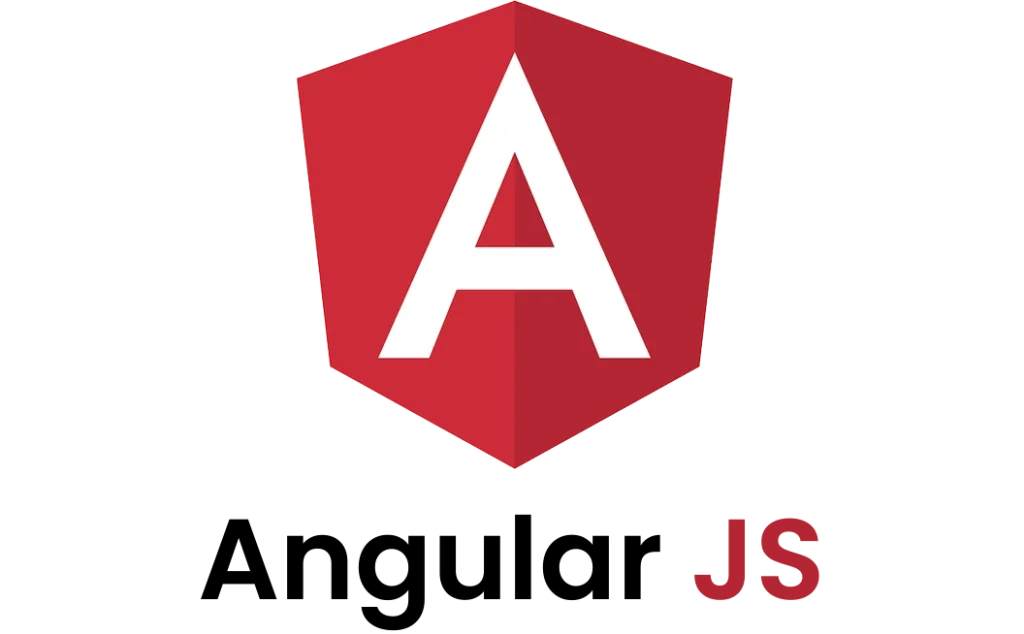Table of Content
Learn How to Build Angular Mobile Applications Professionally
Mobile applications have transformed how we interact with technology. The demand for custom app development services continues to grow as businesses seek efficient ways to reach users across different devices. Angular stands out as a powerful framework that enables developers to create robust mobile applications with minimal effort.
The mobile app market is experiencing unprecedented growth. Companies need solutions that work seamlessly across iOS and Android platforms. Traditional native development requires separate codebases for each platform. This approach increases development time and maintenance costs significantly.
Angular offers a compelling alternative through its mobile development capabilities. The framework allows developers to write code once and deploy across multiple platforms. This approach reduces development overhead while maintaining high performance standards. Angular’s ecosystem provides comprehensive tools for building modern mobile applications that compete with native solutions.
What is Angular?

Angular is a TypeScript-based web application framework developed by Google. The framework provides a complete solution for building dynamic single-page applications. Angular uses a component-based architecture that promotes code reusability and maintainability.
The framework includes powerful features like dependency injection, routing, and form handling. Angular’s CLI (Command Line Interface) streamlines the development process. Developers can generate components, services, and modules with simple commands. The built-in testing framework ensures code quality throughout the development cycle.
Angular follows the MVC (Model-View-Controller) architectural pattern. This separation of concerns makes applications easier to manage and scale. The framework’s data binding capabilities create dynamic user interfaces that respond to user interactions in real-time.
TypeScript integration provides static typing and enhanced tooling support. This combination reduces runtime errors and improves developer productivity. Angular’s ecosystem includes extensive documentation and community support.
Why Angular Has Become Popular for Mobile App Development?

Angular’s popularity in mobile development stems from several key advantages. The framework’s cross-platform capabilities allow developers to target multiple platforms simultaneously. This approach significantly reduces development time and costs compared to native solutions.
The component-based architecture promotes code reusability across different parts of an application. Developers can create modular components that work consistently across various screen sizes. Angular’s responsive design capabilities ensure applications look great on phones, tablets, and desktop devices.
Performance optimization is built into Angular’s core features. The framework uses change detection strategies that minimize unnecessary updates. Tree shaking eliminates unused code from production builds. These optimizations result in faster loading times and smoother user experiences.
Angular’s integration with Ionic framework opens additional mobile development possibilities. Ionic provides native-like UI components and device access capabilities. This combination allows developers to create mobile apps that feel truly native while maintaining web technology benefits.
The framework’s strong typing system catches errors during development rather than runtime. This feature reduces debugging time and improves overall application stability. Angular’s dependency injection system makes testing easier and more comprehensive.
How to Build Angular Mobile Application

To create angular mobile apps, you need to follow a plan effectively. It is important because app development cannot be done without charting out a clear pathway first. If you do not know much about that, take a look at the steps define below.
Research the Market
Market research forms the foundation of successful mobile app development. Understanding your target audience helps inform design and feature decisions. Analyze competitor apps to identify gaps and opportunities in the market.
Study user behavior patterns and preferences within your target demographic. Mobile users have different expectations compared to desktop users. They expect fast loading times, intuitive navigation, and seamless offline functionality.
Identify the primary platforms your audience uses most frequently. This information influences your development strategy and resource allocation. Consider factors like device capabilities, operating system versions, and network conditions.
Evaluate existing solutions in your market space. Look for common pain points that users experience with current applications. These insights can guide feature prioritization and user experience improvements.
Research platform-specific guidelines and requirements. Apple’s App Store and Google Play have different submission criteria. Understanding these functional requirements early prevents delays during the deployment phase.
Select Objectives
Clear objectives guide development decisions throughout the project lifecycle. Define specific, measurable goals that align with your business strategy. Consider both technical and business metrics when setting objectives.
Identify the core problem your application solves for users. Focus on essential features that directly address this problem. Avoid feature creep that can complicate development and confuse users.
Establish performance benchmarks for your application. Set targets for loading times, battery usage, and memory consumption. These metrics ensure your app provides excellent user experience across different devices.
Define success criteria for user engagement and retention. Consider metrics like daily active users, session duration, and conversion rates. These objectives help measure the application’s impact on your business goals.
Prioritize accessibility requirements from the beginning. Mobile applications should work for users with various abilities and needs. This approach expands your potential user base and demonstrates social responsibility.
Define Development Strategy
Your development strategy determines the tools, android framework, and approaches used throughout the project. Choose between hybrid, native, or progressive web app approaches based on your specific requirements.
Angular offers multiple paths for mobile development. You can create progressive web apps that work across all platforms. Alternatively, combine Angular with Ionic for native-like mobile applications.
Plan your application architecture to support scalability and maintainability. Consider implementing state management solutions like NgRx for complex applications. This approach prevents issues as your application grows.
Establish coding standards and development workflows early in the project. Consistent code style and review processes improve team productivity. Use Angular’s built-in linting tools to enforce these standards automatically.
Start App Development
Begin development by setting up your Angular project structure. Use Angular CLI to generate the initial project skeleton. Configure essential dependencies and development tools before writing application code.
Implement core navigation and routing functionality first. Mobile applications require intuitive navigation patterns that work well on touch devices. Angular Router provides powerful routing capabilities for single-page applications.
Create reusable components that maintain consistency across your application. Focus on mobile-specific UI patterns like swipe gestures and pull-to-refresh functionality. Angular’s component system makes it easy to share code between different screens.
Implement responsive design principles throughout your application. Use CSS Grid and Flexbox for flexible layouts that adapt to different screen sizes. Angular’s built-in directives help manage responsive behavior programmatically.
Integrate with device APIs as needed for your application features. Angular can access camera, geolocation, and other native capabilities through web APIs or hybrid software development frameworks like Ionic.
Test & Deploy Application
Comprehensive testing ensures your application works reliably across different devices and conditions. Implement unit tests for individual components and services. Angular’s testing utilities make it straightforward to test component behavior and interactions.
Perform integration testing to verify that different parts of your application work together correctly. Test API integrations, navigation flows, and data synchronization features. These tests catch issues that unit tests might miss.
Conduct extensive device testing across various smartphones and tablets. Test on both iOS and Android platforms using different operating system versions. Pay attention to performance differences between high-end and budget devices.
Test your application under different network conditions. Mobile users experience varying connection speeds and reliability. Ensure your application handles slow connections and offline scenarios gracefully.
Prepare your application for deployment to app stores or web servers. Angular’s build process creates optimized production bundles. Configure proper caching strategies and compression to minimize download sizes.
Monitor your application’s performance after deployment. Use analytics tools to track user behavior and identify potential issues. Angular’s built-in performance monitoring helps identify bottlenecks and optimization opportunities.
Frequently Asked Questions
| Why Angular has become popular among developers? Angular has become popular among developers due to its powerful tools, structured architecture, and strong community support. It enables fast, scalable, and maintainable application development across both web and mobile platforms. |
| What are the benefits of using Angular JS? AngularJS offers benefits like two-way data binding and dependency injection, which simplify and speed up development. It also supports reusable components and has strong community and Google support. |
| Which mobile app development frameworks are popular in the market? Popular mobile app development frameworks include React Native, Flutter, Ionic, and Xamarin. These frameworks allow for cross-platform development, saving time and cost while delivering native-like performance. |
Final Words
Angular provides a robust foundation for mobile application development. The framework’s cross-platform capabilities and extensive tooling support make it an attractive choice for modern development teams. Its component-based architecture promotes code reusability and maintainability across different platforms.
The development process requires careful planning and execution across multiple phases. Market research informs strategic decisions while clear objectives guide development priorities. A well-defined development strategy ensures efficient resource utilization and consistent results.
Angular’s ecosystem continues to evolve with new features and performance improvements. The framework’s strong community support and Google’s backing provide confidence for long-term projects. Mobile development with Angular offers an excellent balance between development efficiency and application performance.
Empower your digital initiatives with BariTechSol, a premier custom software development company. Our skilled team tailors cutting-edge solutions to your unique needs. Elevate your tech experience and stay ahead in the digital realm. Partner with BaritechSol and code the success of your next big idea.


